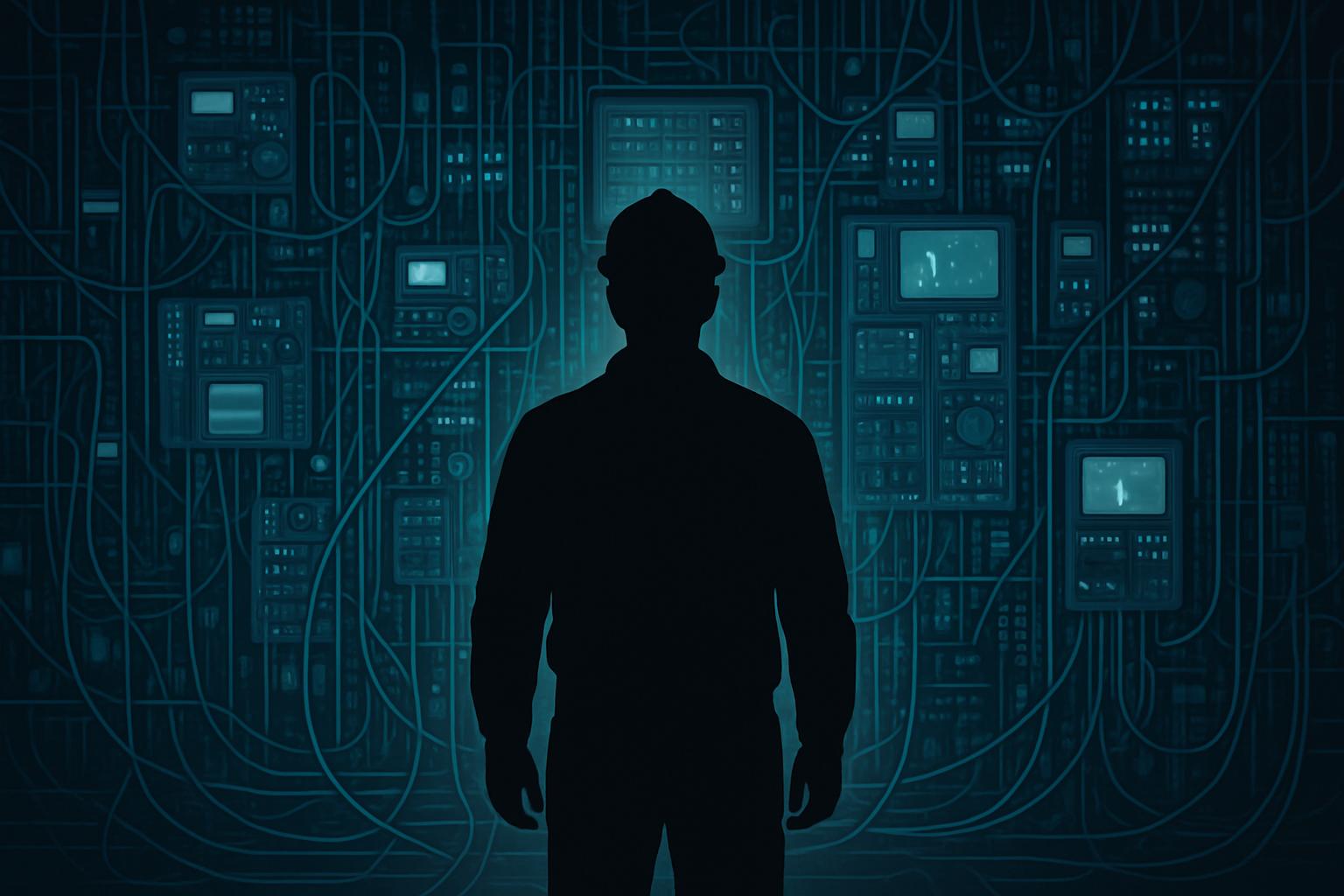The fusion of artificial intelligence with physical systems is heralding a transformative era in technological innovation. This intersection, often termed Physical AI, involves intelligent systems that extend beyond the digital realm to perceive, comprehend, and interact with the tangible world. Its potential to revolutionize enterprise operations spans multiple industries, offering unprecedented enhancements in efficiency, innovation, and customer engagement.
Recognising the critical role of startups in advancing Physical AI, Amazon Web Services (AWS), NVIDIA, and MassRobotics recently launched the Physical AI Fellowship, a six to eight-week virtual accelerator designed to support fledgling companies shaping the next wave of robotics and automation. The inaugural Fall 2025 cohort includes eight promising startups, ranging from Bedrock Robotics, which equips construction fleets with same-day autonomy hardware and software, to Blue Water Autonomy’s work on uncrewed ships capable of long-term ocean operation. Other participants include Diligent Robotics, focusing on autonomous humanoid robots in dynamic human environments, Generalist AI with their general-purpose robotic dexterity models, and RobCo, which offers modular hardware and no-code automation systems suited for varied industrial tasks. Additional fellows like Tutor Intelligence, Wandercraft, and Zordi tackle applications from manufacturing optimization and rehabilitation exoskeletons to innovation in greenhouse agriculture. These startups benefit not only from up to $200,000 in AWS credits but also from the expertise of AWS’s Generative AI Innovation Center and NVIDIA’s advanced hardware and software platforms, alongside MassRobotics’ global network and facilities.
Understanding the Physical AI landscape involves appreciating a spectrum of capabilities. At its most basic, Physical AI begins with automation systems executing predefined tasks in controlled settings – the traditional industrial robots. More sophisticated stages involve adaptive automation, where machines adjust actions dynamically based on real-time cues, exemplified by collaborative robots that interact safely with humans. Progressing further, partially autonomous systems demonstrate intelligent planning and adaptation with limited human oversight, such as robots learning new tasks by demonstration. The leading edge is fully autonomous Physical AI, which operates fluidly across varied environments with minimal supervision. While most commercial solutions today remain at early levels, the momentum toward full autonomy is accelerating rapidly, driven by advances in control theory, high-fidelity multimodal perception models, edge AI accelerators for real-time inference, powerful foundation models for generalized intelligence, and digital twin simulations for system optimisation before real-world deployment.
These technological enablers are underpinning a burgeoning market. Industry projections estimate the AI robotics sector to reach over $124 billion by 2034, with the adjacent digital twin market forecast to exceed $379 billion. Such figures underscore a fundamental shift in how businesses approach automation and digital transformation. Investors are particularly attracted to ventures developing humanoid robots designed for human-centric environments and foundation models—essentially sophisticated AI “brains” capable of multi-task robotic control. Vertical-specific applications are also drawing substantial funding, addressing pressing challenges in logistics, manufacturing, agriculture, healthcare, and defence with bespoke Physical AI solutions.
Real-world implementations attest to the tangible benefits being realised today. For instance, Amazon credits intelligent automation with a 25% boost in supply chain efficiency, while Foxconn has slashed manufacturing deployment times by 40%. Healthcare applications reveal even more striking outcomes, such as 30% fewer surgical complications and 25% shorter procedure durations due to AI-assisted interventions. According to a 2024 report on AI adoption in manufacturing and energy, a significant majority of manufacturers report a positive return on investment, with many achieving between two to five dollars returned for every dollar spent. Efficiency gains often fall between 20-40%, with cost reductions of 15-30%, alongside the emergence of novel business models like Robot-as-a-Service. Retailers leverage digital twins to optimise store layouts and integrate autonomous inventory management, while agriculture benefits from advancements in precision farming and automated harvesting.
The launch of the Physical AI Fellowship not only reflects this rising industry interest but actively accelerates it by providing startups with critical resources and mentorship from leaders in AI and robotics. The program culminates in high-profile showcase events, enabling fellows to attract further investment and market traction. Through initiatives like these, enterprises of all sizes across sectors can harness the transformative power of Physical AI, positioning themselves as industry leaders in the rapidly evolving decade ahead.
📌 Reference Map:
- Paragraph 1 – [1]
- Paragraph 2 – [1], [2], [3], [4], [5], [6], [7]
- Paragraph 3 – [1]
- Paragraph 4 – [1]
- Paragraph 5 – [1]
- Paragraph 6 – [1], [2], [3], [4], [5], [6], [7]
Source: Noah Wire Services
